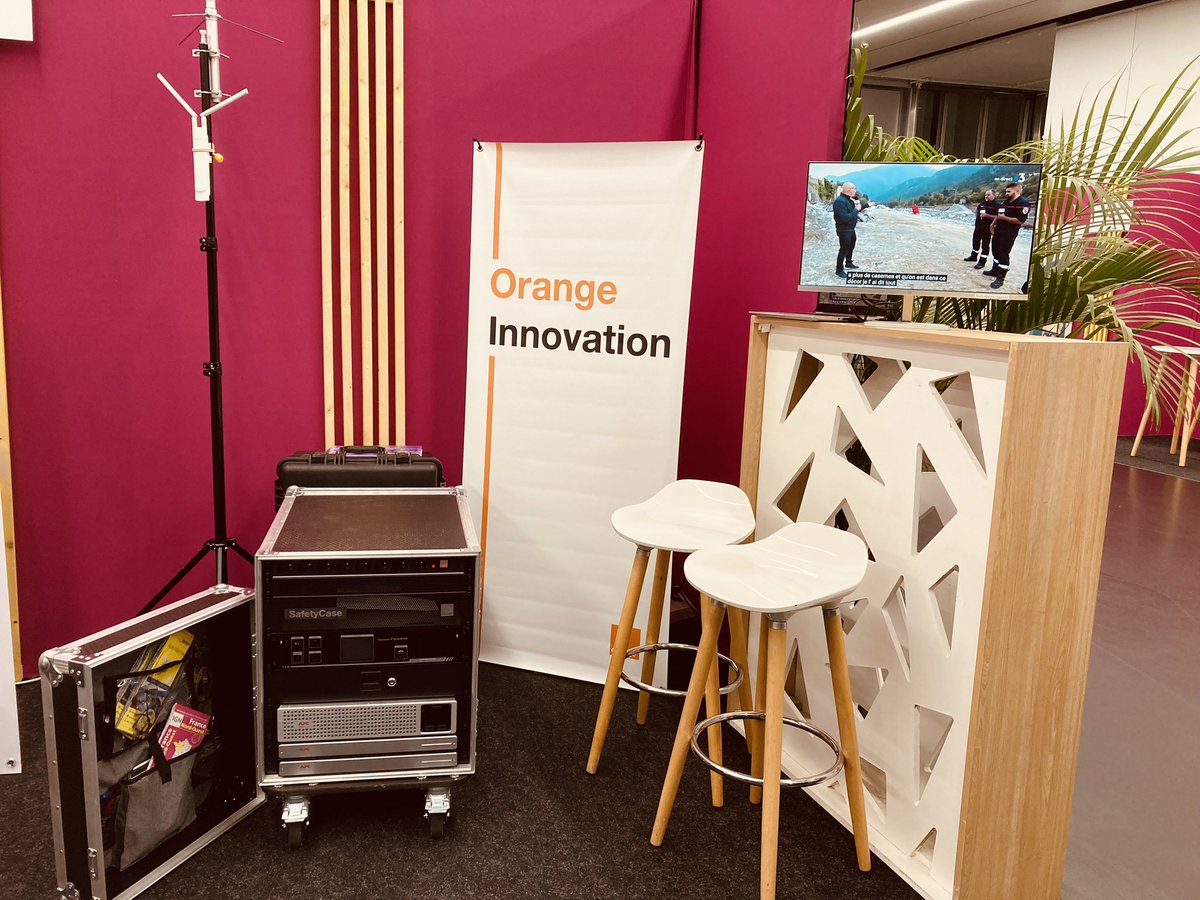An unusual profile such as that of Yael Rozencwajg is born out of years of wandering, or out of serendipity – the art of discovering something without really seeking it out, but without leaving everything to chance, by seizing opportunities when they present themselves.
That is how Yael Rozencwajg has operated. After 15 years of assisting major accounts with digitization, she turned her attention to blockchain, artificial intelligence and her first love: connected objects. She chose to focus on digital food, one of the three key topics of the 2018 Digital Tech Conference.
Digital food: at the crossroads of AI, blockchain and connected objects
Yael brought together her different areas of expertise to focus on connected objects and inter-human communication tools in the agricultural field, from the farmer to the end consumer. She started from the following questions: “How can we help farmers grow and increase their yields? And how can we develop better products in a faster and more transparent fashion, without sacrificing product quality and origin?”.
“We are gradually establishing connections between farmers, logistics players, major distribution groups and end consumers. We bring to the table artificial intelligence applications, robotization and task automation, and provide solutions for transparency concerns, sourcing, support and assistance using blockchain.”
The future is now
“I am working on this project because blockchain and artificial intelligence aren’t everything: there are also machine learning models and algorithms that are starting to be developed for products, including dairy products or primary commodities (fruits, vegetables).”
For Yael Rozencwajg, distribution is a key issue: “how can we manage production through the digital transformation of the distribution chain thanks to connected objects, rendering it unnecessary for products to travel from human to human? This is a sensitive issue, as it affects everybody involved in this value chain: logistics providers, storage operators, traders…”
Her work also touches on agricultural production, further upstream: “connected objects can communicate between themselves and process the data they collect, such as temperature, wind, humidity or fertilizer components – an essential functionality, as a large portion of these products are processed.” Today, “drones fly over and photograph fields, cameras equipped with sensors are embedded in the ground, and the major alcohol production chains are increasingly digitized, especially for wine. Last year, in Rennes, I saw a small robotic tractor designed for chicken coops, to animate the hens and improve production.
“And tomorrow? “The world’s population increases each year (and is expected to reach 10 billion in 2050), and it’s our responsibility to develop new models to ensure that the next generation consumes better,” she concludes. “Imagination knows no bounds.”




